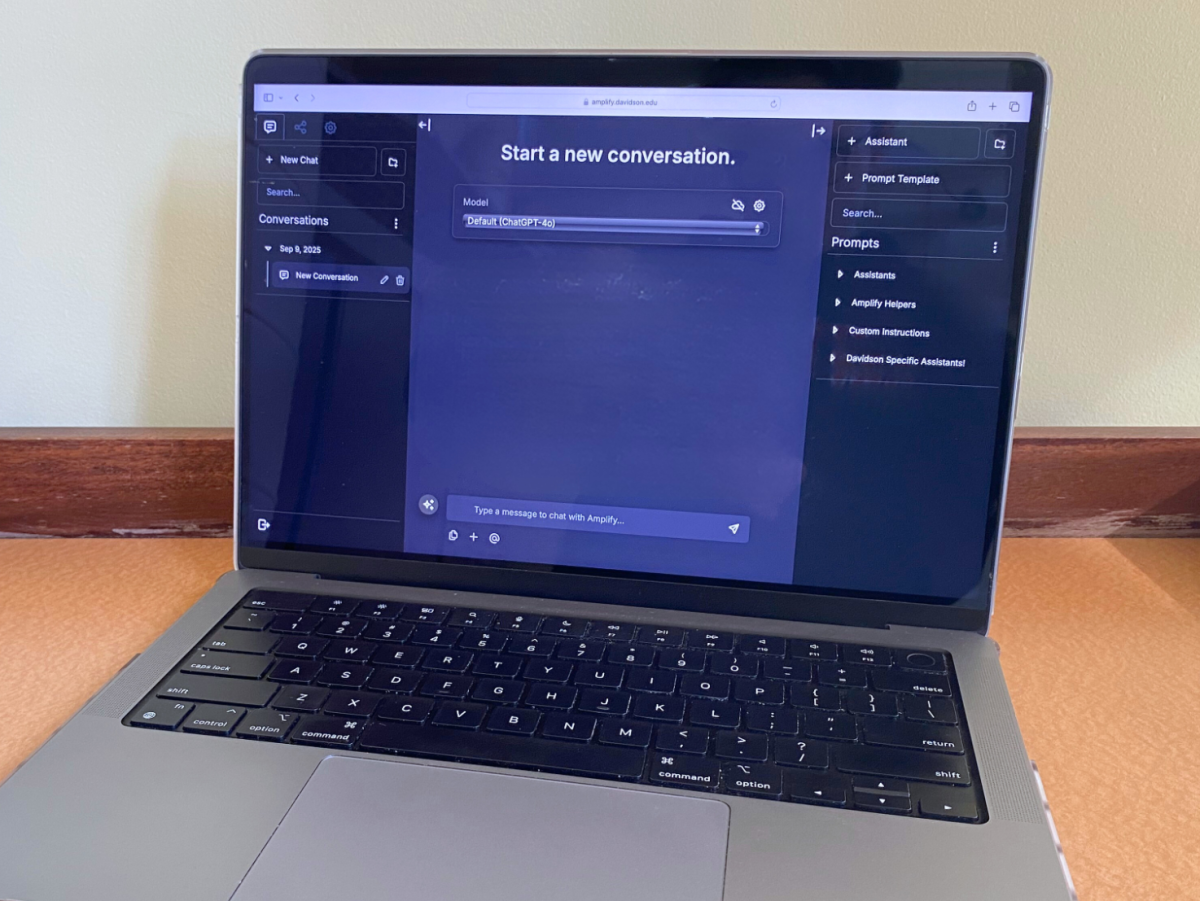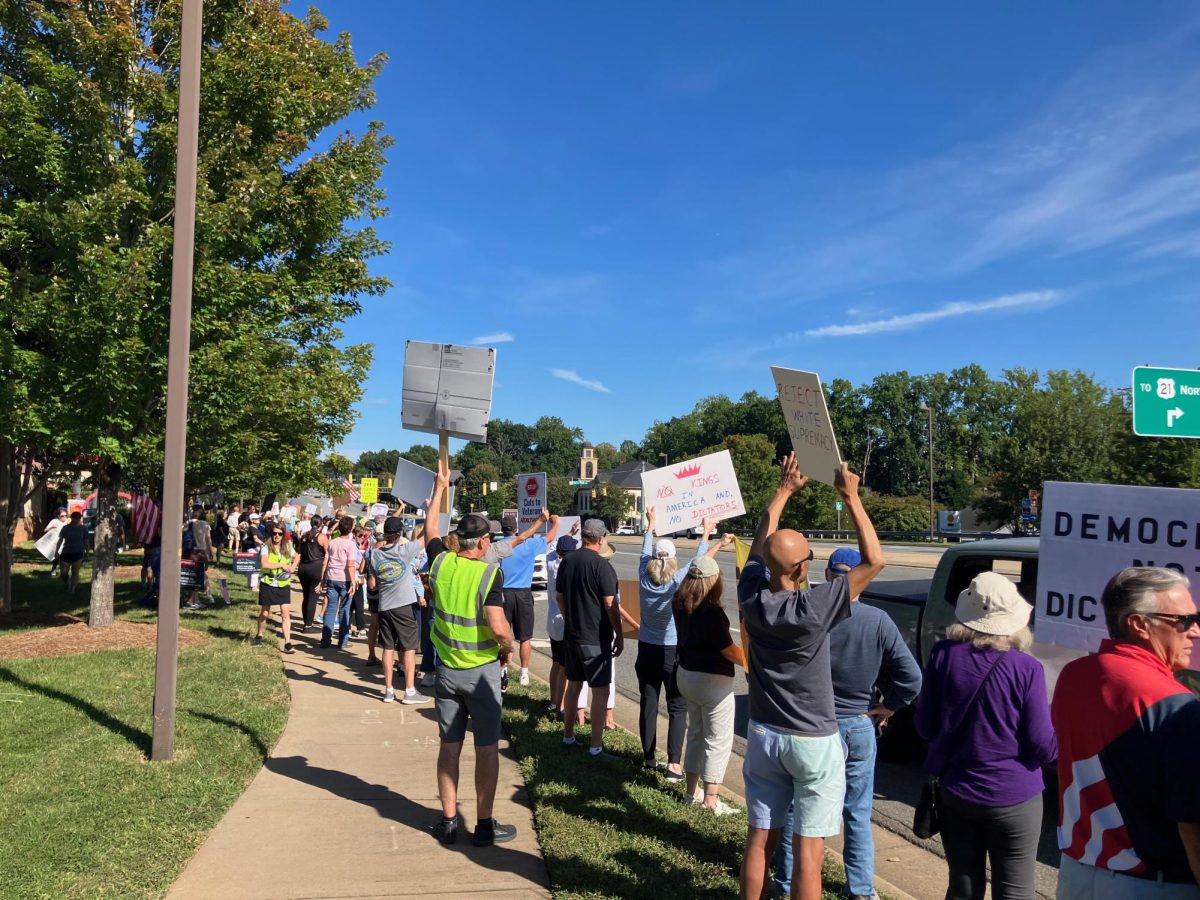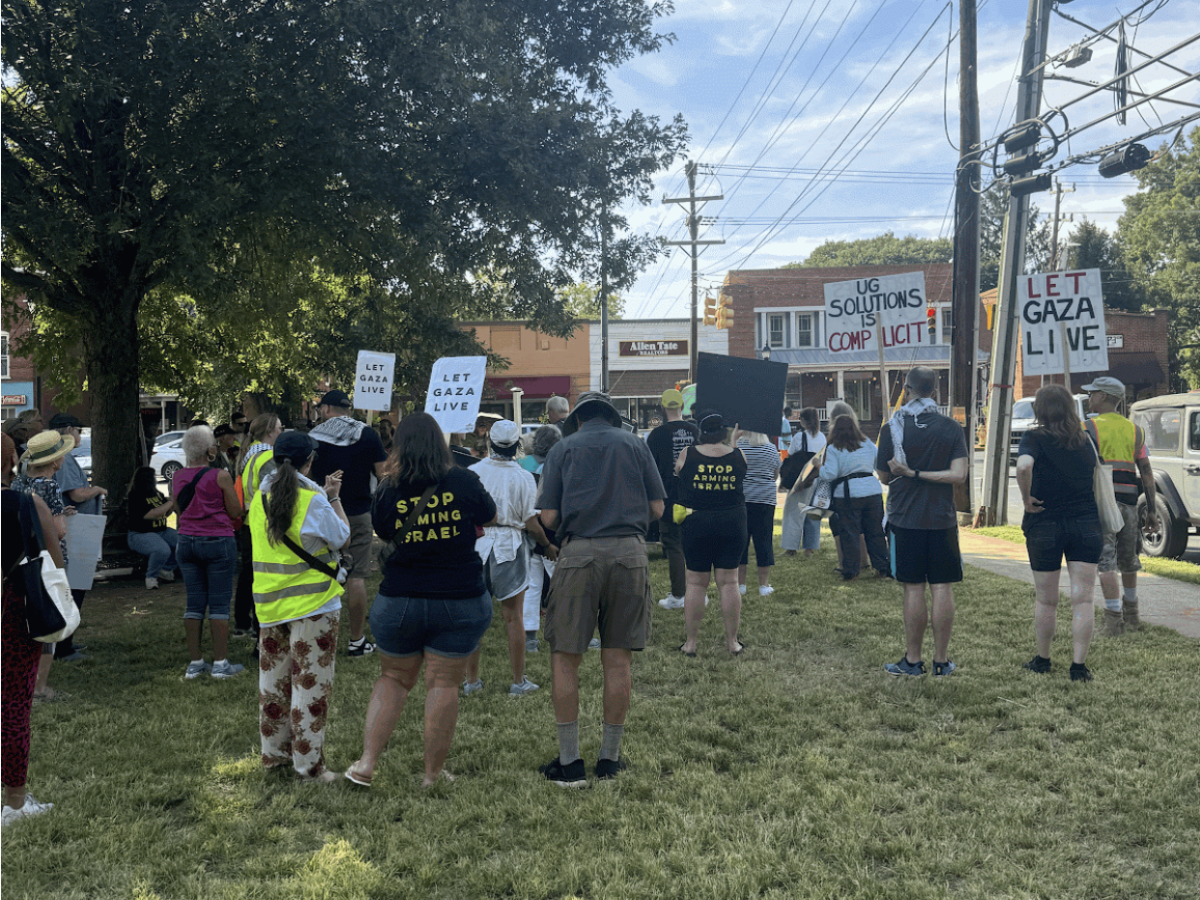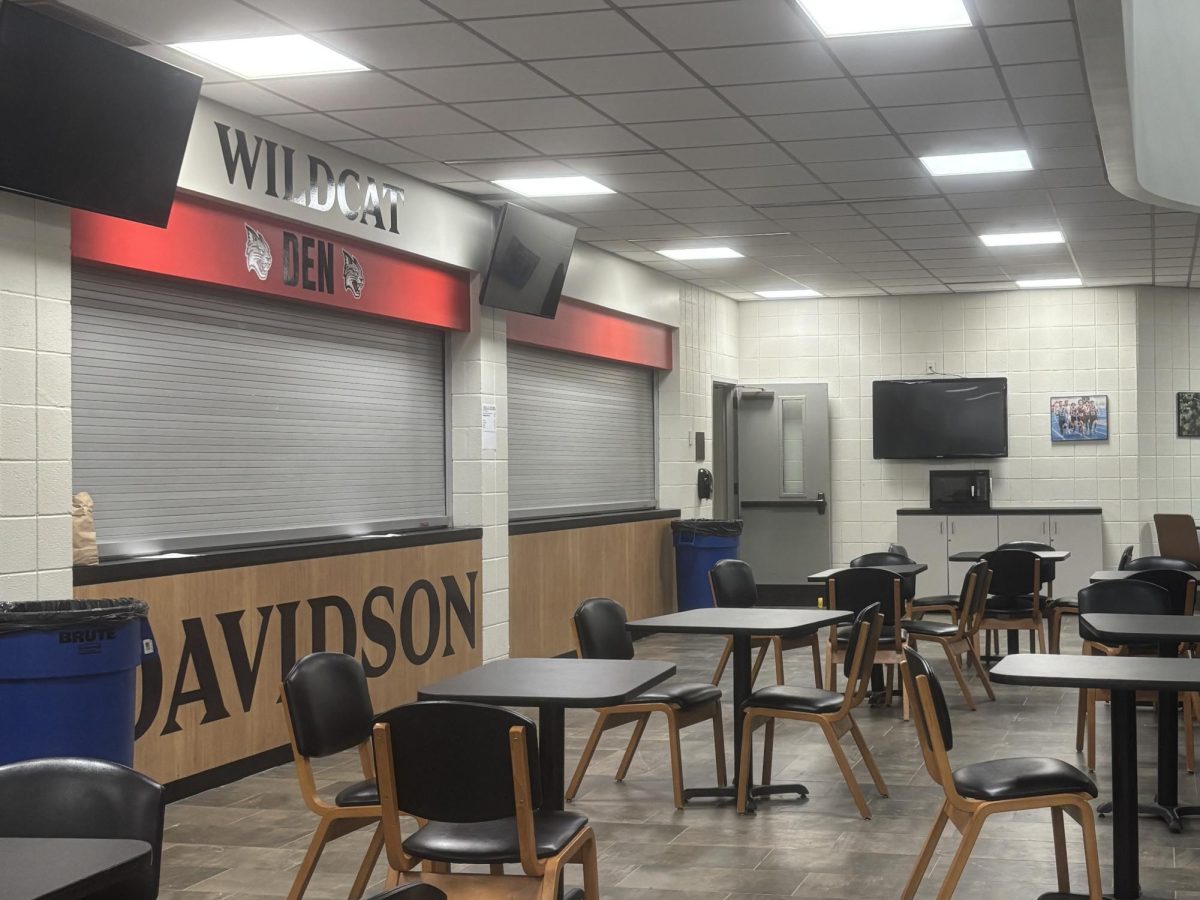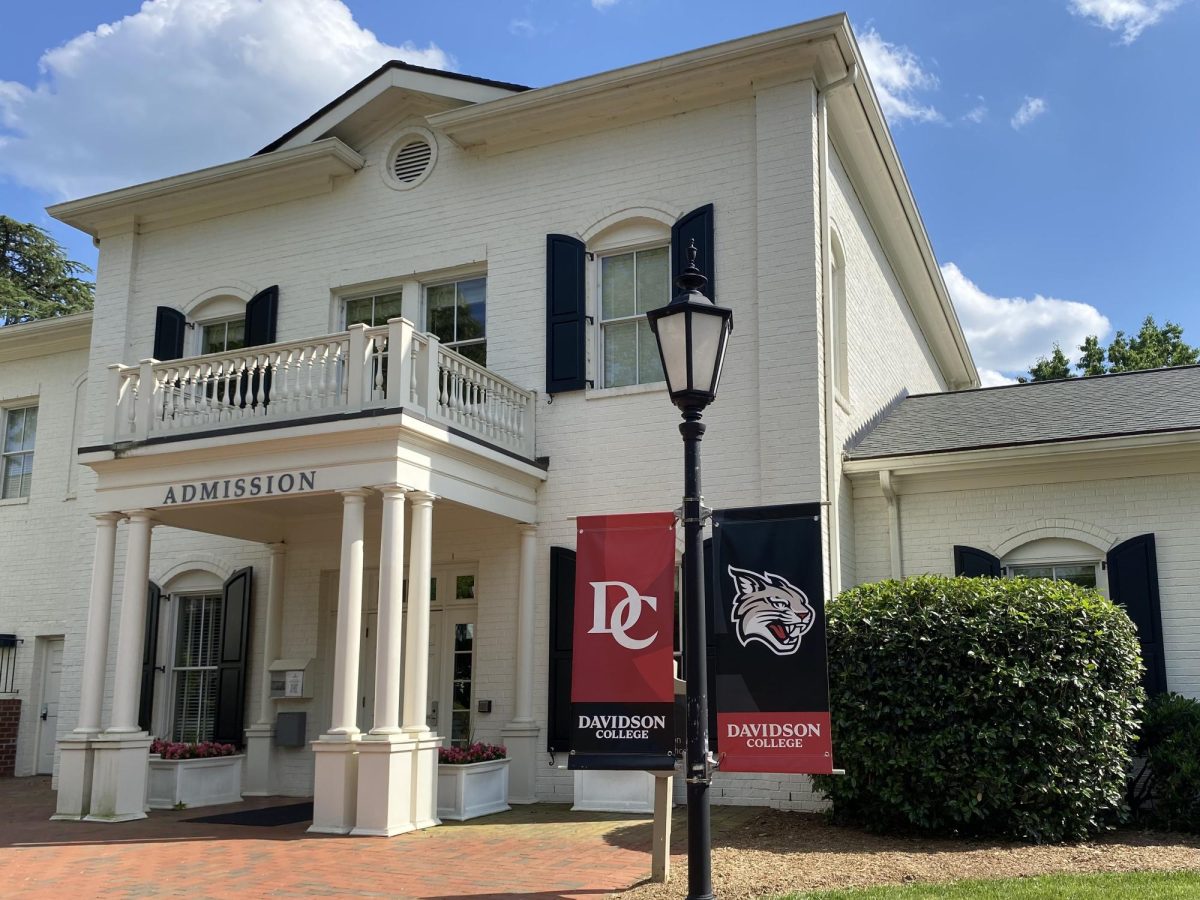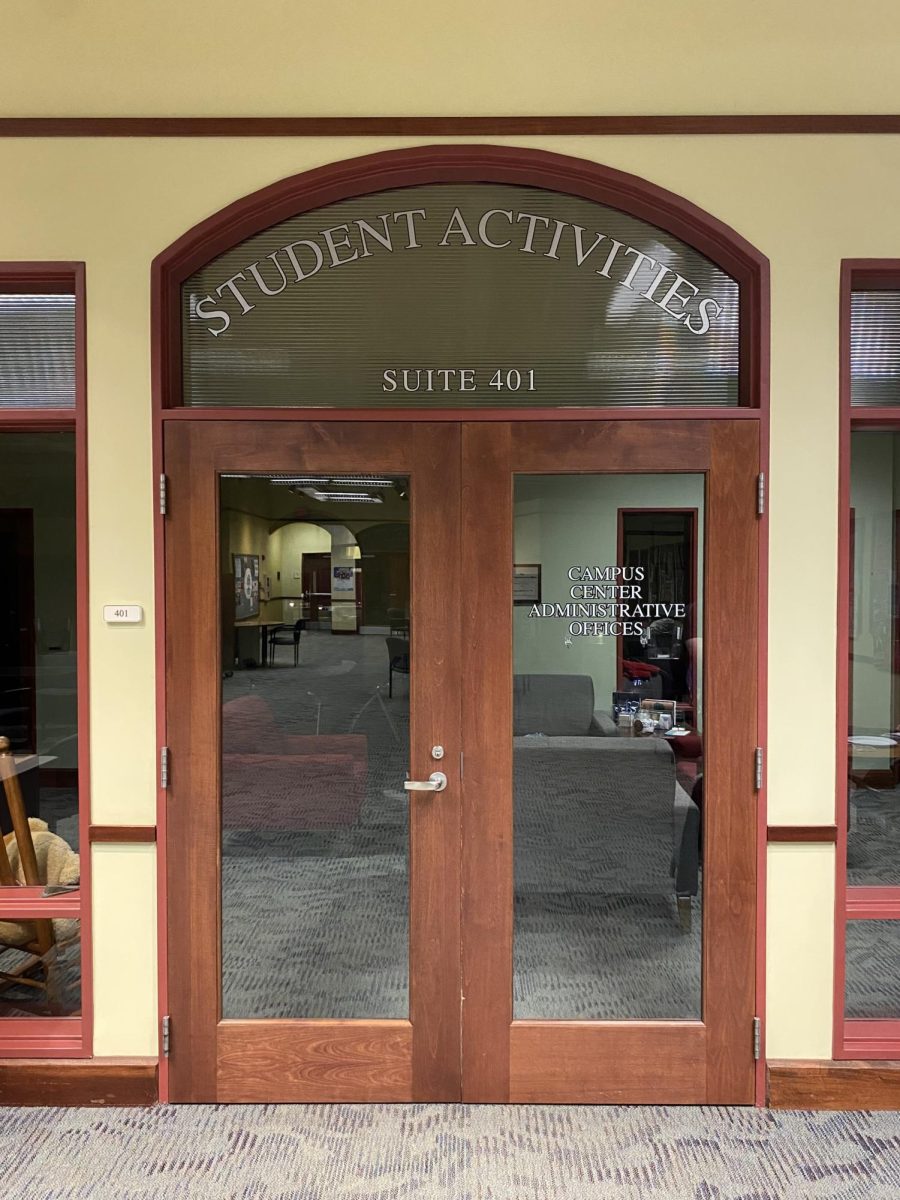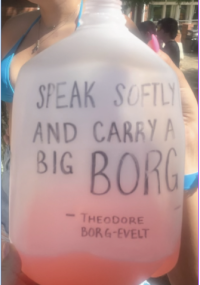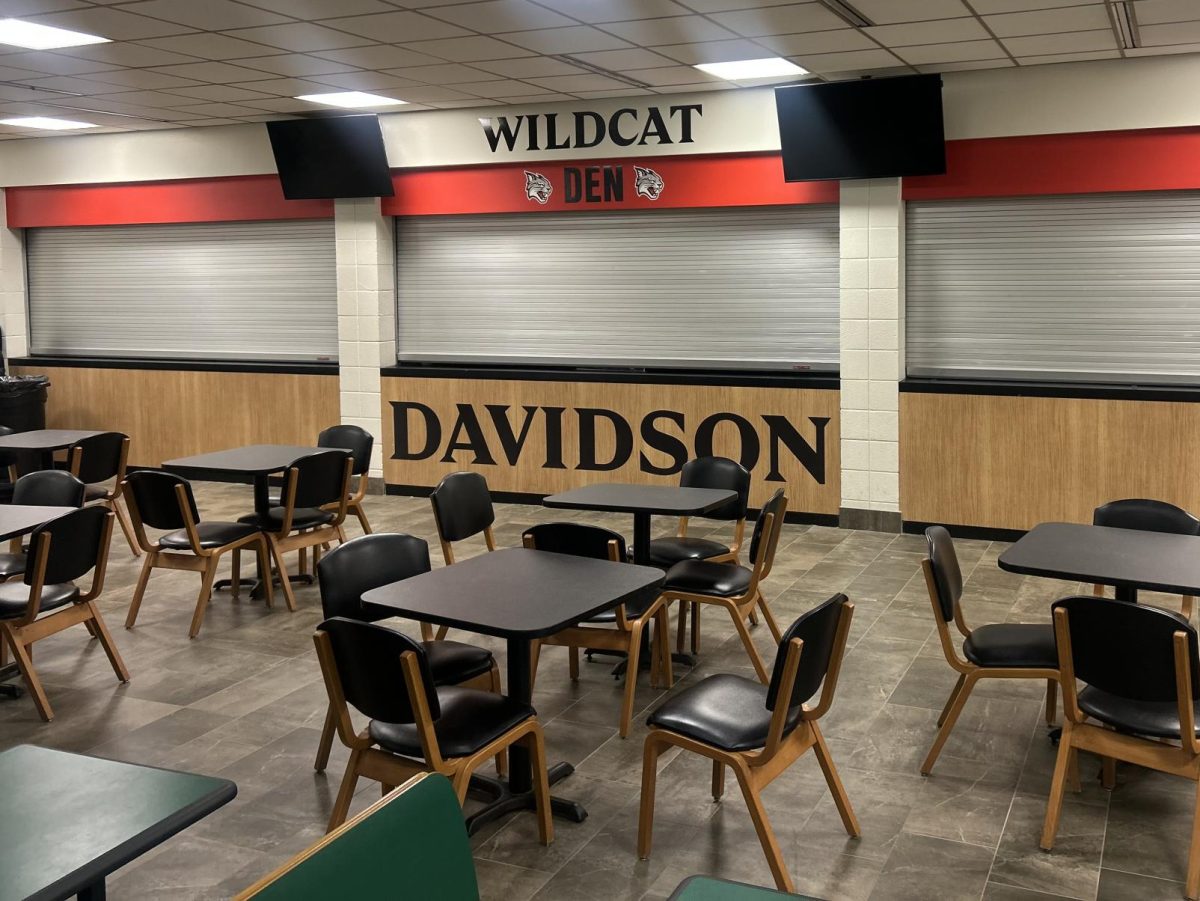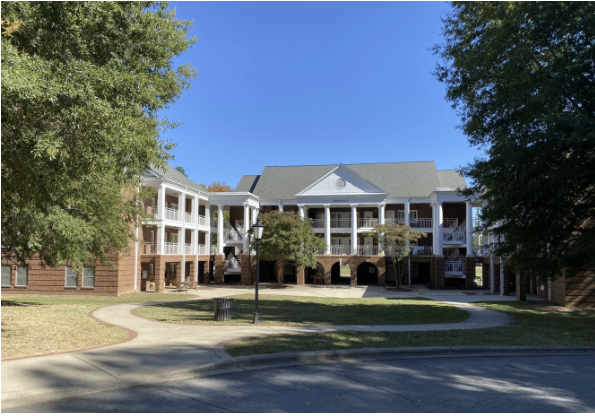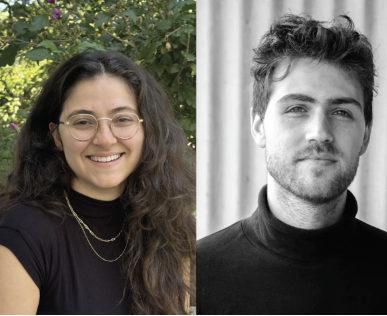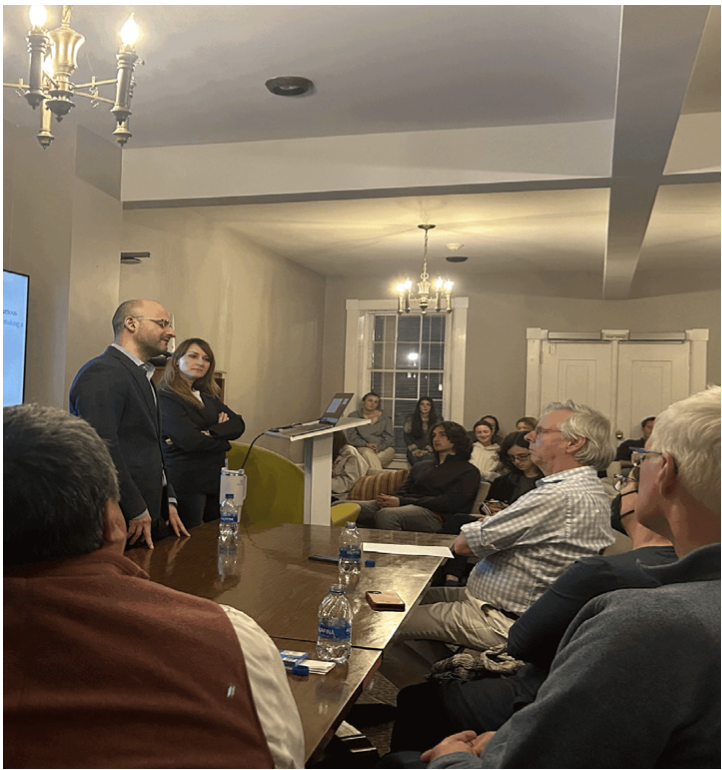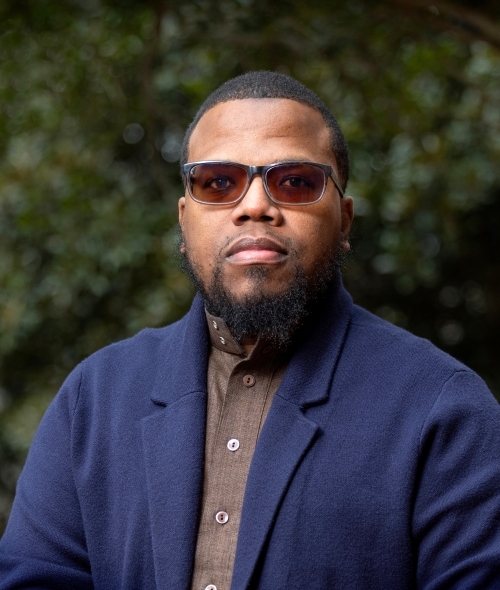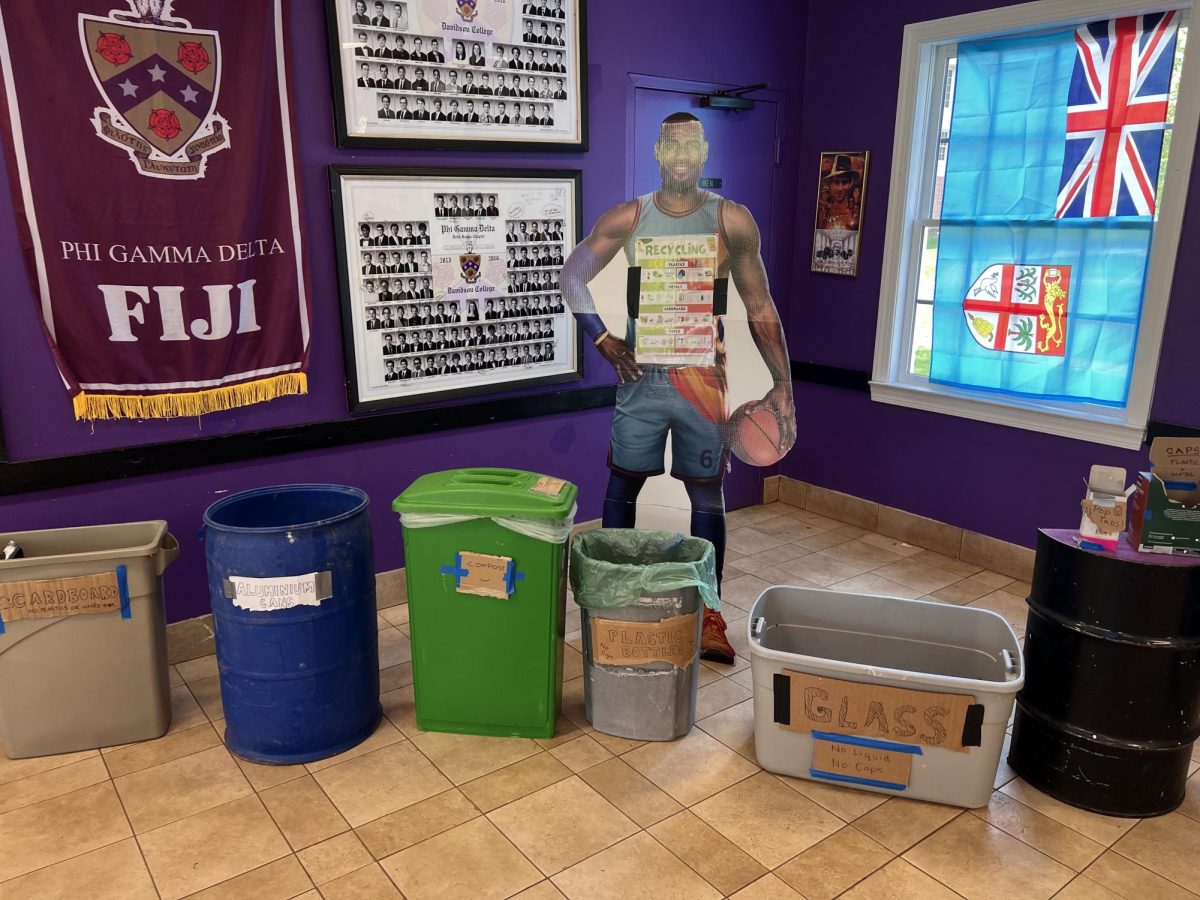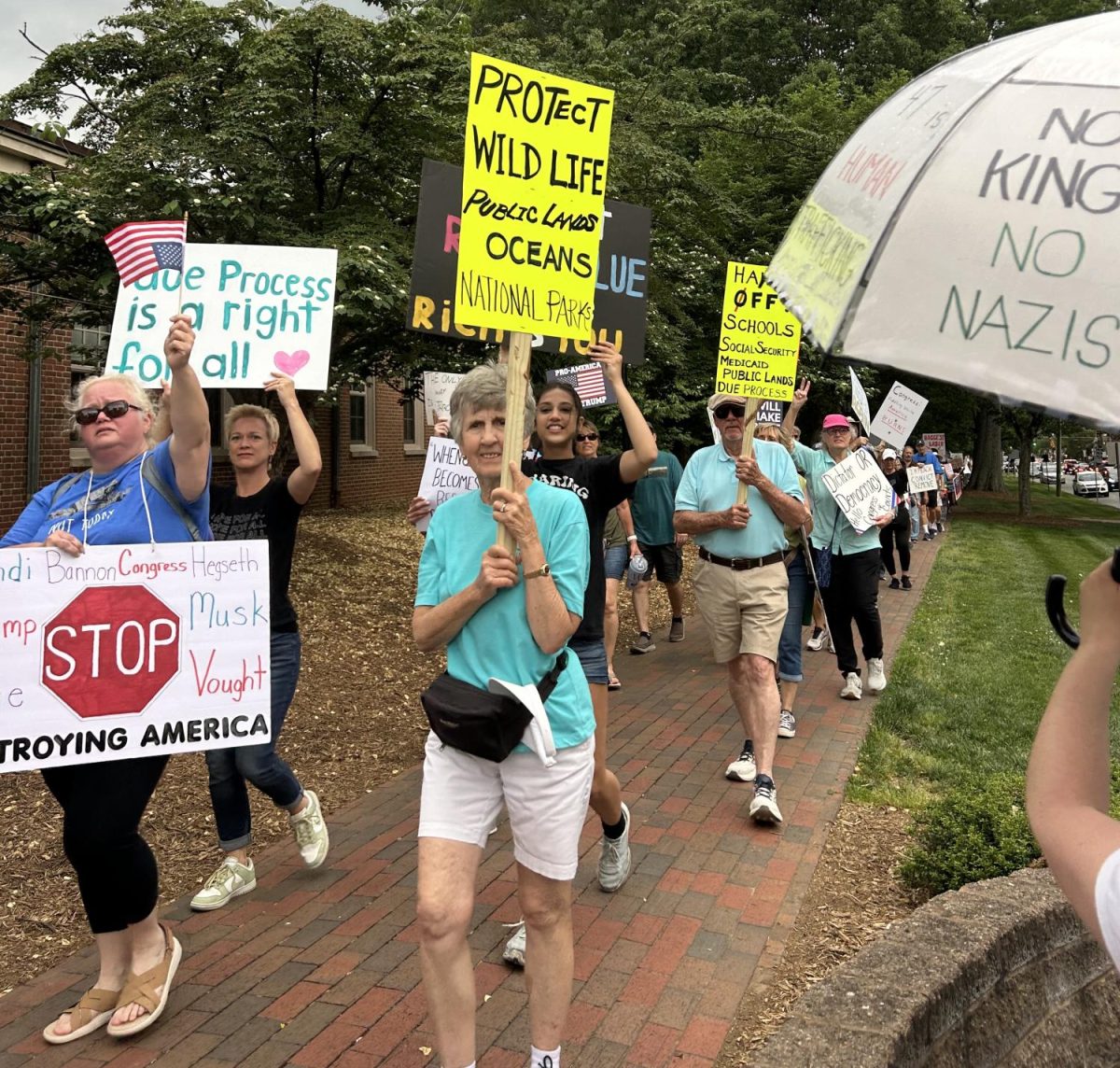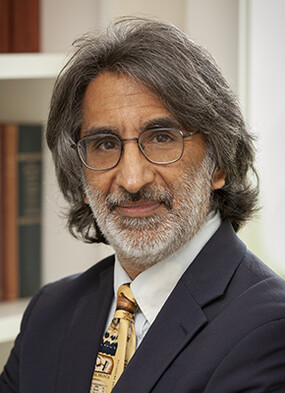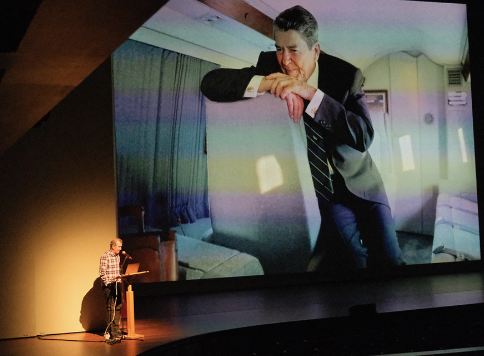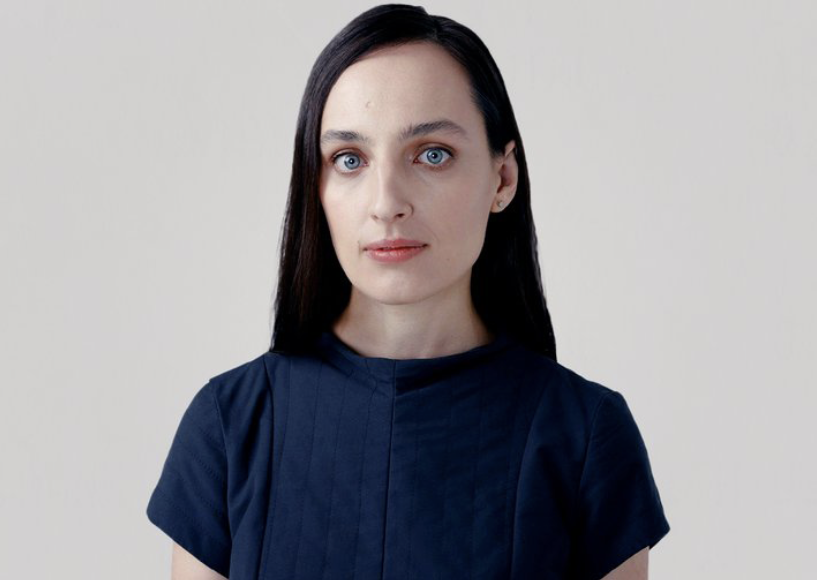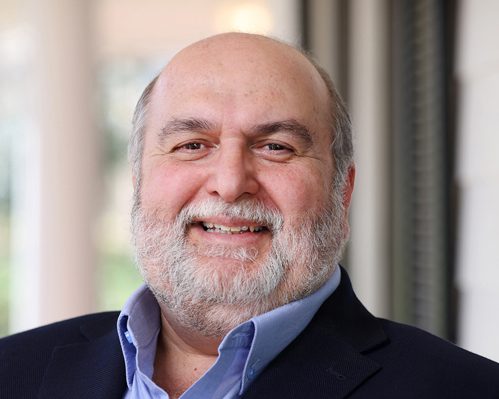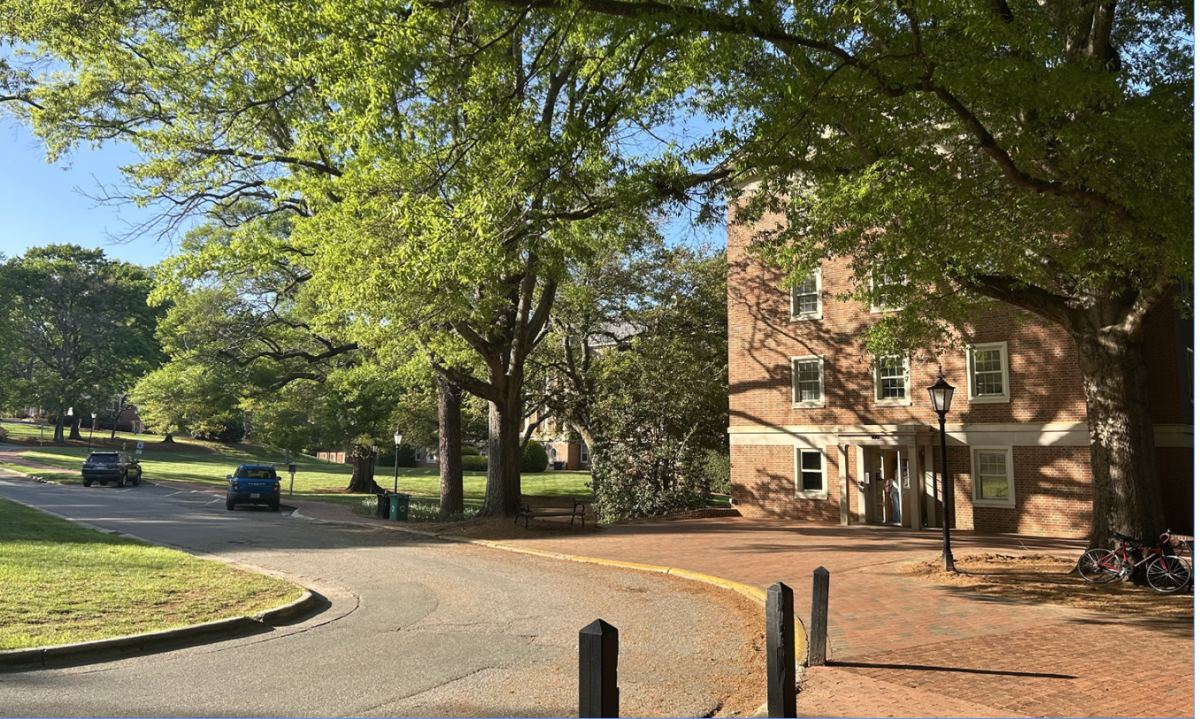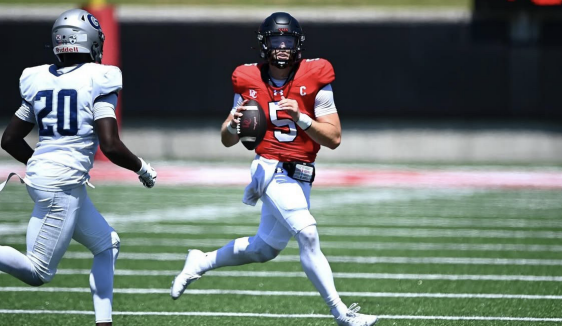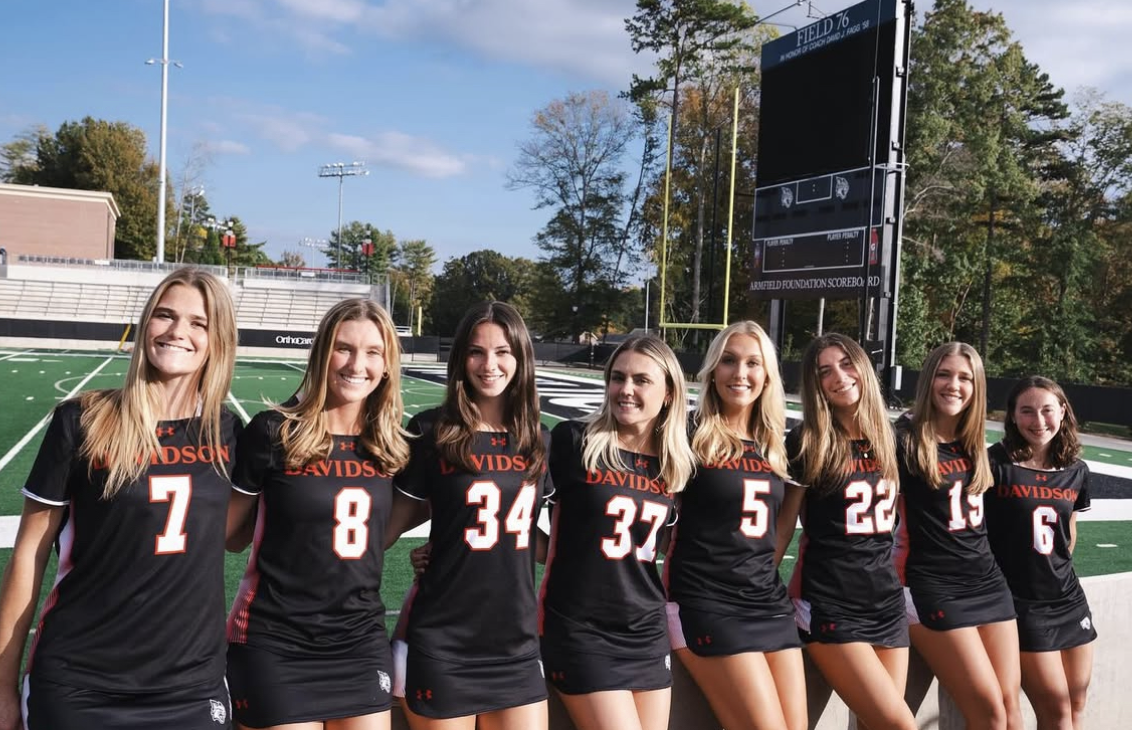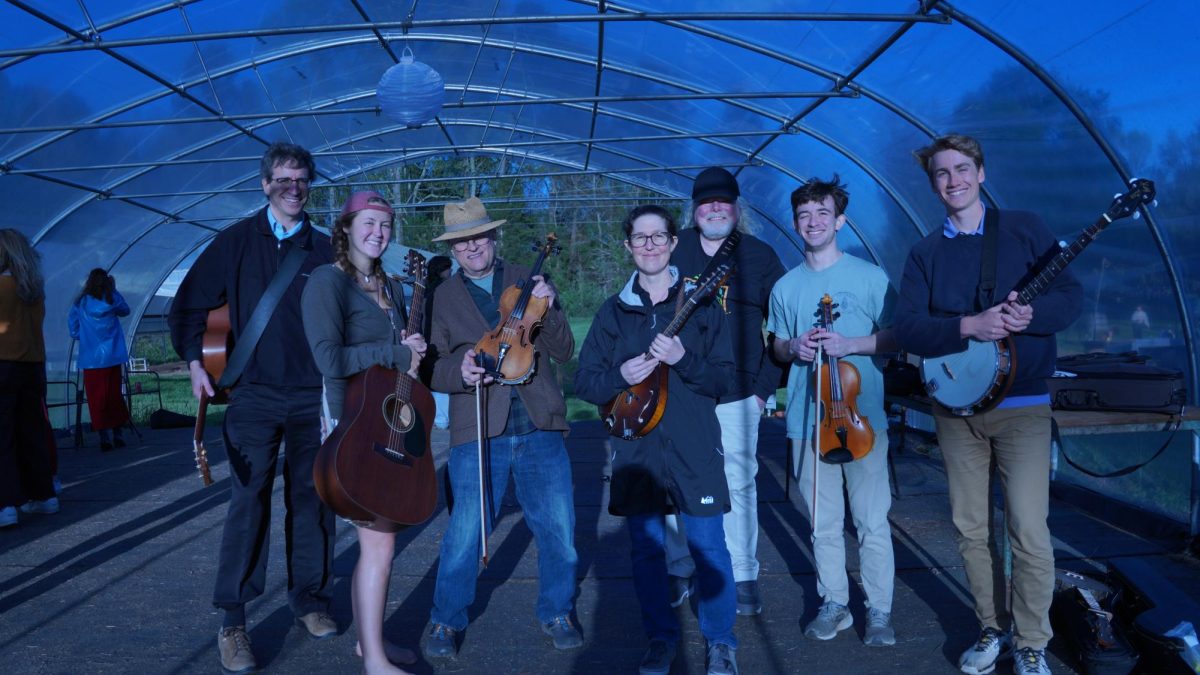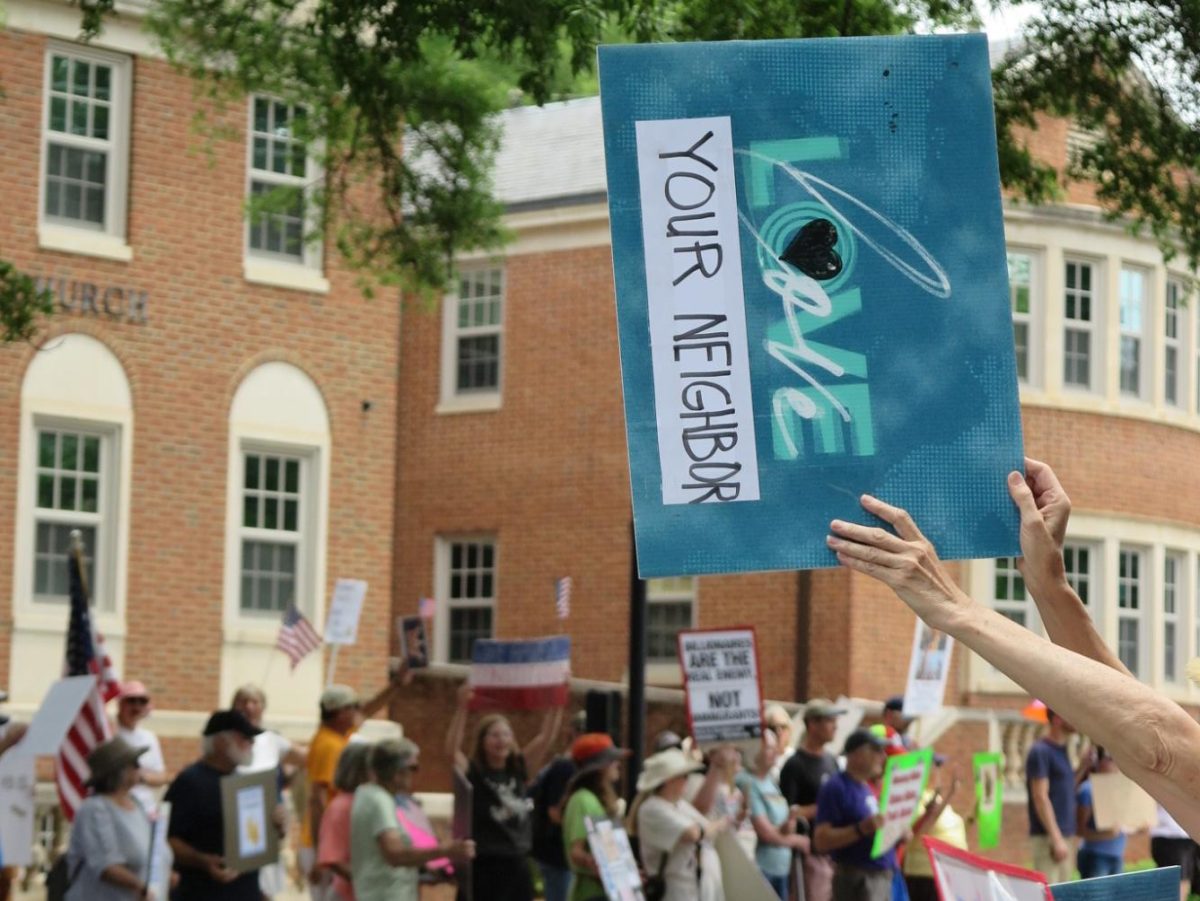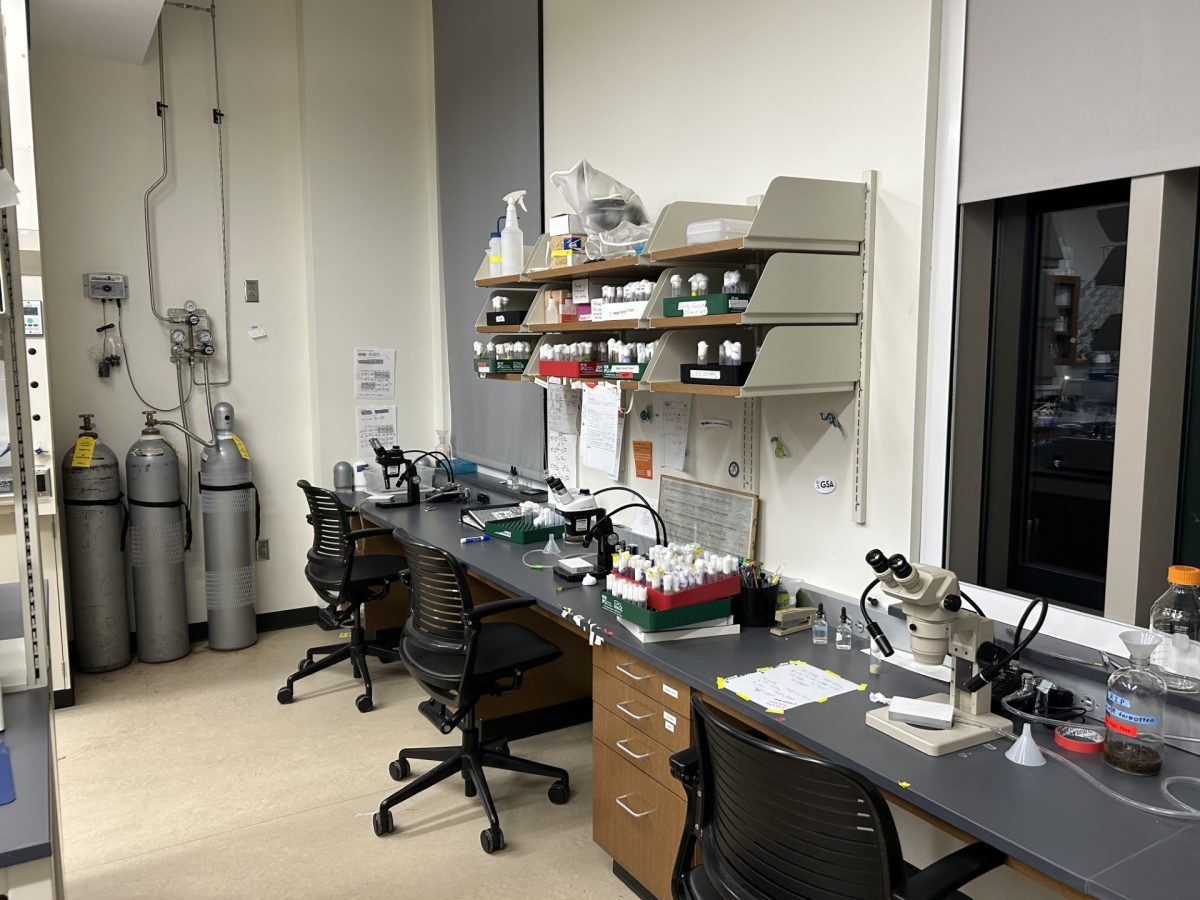President Trump has acted decisively in the weeks following his inauguration, reshaping the federal government to better fit his executive goals and campaign promises. This process includes holding back trillions of dollars from federal agencies so the president can ensure government spending is in line with his priorities, according to the Jan. 27 memo announcing the temporary funding freeze. The announcement sparked panic and instilled a deep sense of uncertainty among states, schools and other institutions that rely on funding from the federal government.
As a private institution, Davidson was more insulated from the panic stirred by the funding freeze compared to public universities and R1 research institutions that depend on a large amount of funding from the federal government. However, Davidson does receive some money from the federal government, namely in the form of grants for faculty research and Pell Grants. At this point in time, Pell Grants are not threatened by the freeze, but the situation is changing by the hour. In the days following the initial announcement of the freeze, it was blocked by a federal judge, rescinded by the administration, declared to be still in action by White House Press Secretary Karoline Leavitt and halted again by two federal judges. On Monday, two more judicial rulings were announced—first that the administration had continued to improperly freeze some funds and a second decision blocking a proposed $4 billion cut at the National Institutes of Health (NIH). Davidson faculty and students are at a loss for what these changes will mean for their future.
“Our guidance to faculty is keep doing what you’re doing,” said Vice President for Academic Affairs and Dean of Faculty Dr. Shelley Rigger. “These agencies will make decisions. They will tell us what they’re going to do, but we don’t know, so we should behave as if these opportunities are going to continue to be available. Otherwise, if they are, we miss out.”
Around 27 faculty members are either on federal grants or in the process of applying for grants, according to Rigger. However, many of the undergraduate research experiences and opportunities at Davidson, like the Research in Science Experience (RISE) and Davidson Research Initiative, are funded internally.
“Most of our work is funded by donors who are funding our students,” Rigger said. “That is very different from, say, Harvard Medical School. Harvard Medical School has a research function which is about doing science for the sake of science […] A lot of the grants that we have here that are federal grants are actually federal grants designed for student-facing institutions. So we are protected in the sense that the grants that we have are the minority of federal grants that are directed towards student learning, and we also have a lot of support for the work that happens here that doesn’t have anything to do with the federal government. It’s our people who care about our mission.”
Even with this internal support, the significance of federal funding to Davidson and the broader Davidson community should not be overlooked. Professor of Biology Dr. Karen Bernd receives a grant from the NIH to support the research group she leads in conjunction with Professor of Chemistry Dr. Cindy Hauser. Currently, Bernd’s grant covers 61.1% of the indirect costs incurred by her project, among other things. These indirect costs were the target of the NIH’s proposed funding cut that was blocked on Monday. Should the cut go into effect, the NIH would cap their coverage of indirect costs at 15%.
“The grant that we have right now is a three-year grant,” Bernd said. “Over the course of that three-year grant, that 61.6% [of indirect costs] is $110,141. So instead of $110,141, at 15% over the course of the three years, we are down to $17,880. This is what goes to the college that pays for the lights and the storage and the building services. That is a decrease of $92,261 and that’s my one little grant […] I don’t have a problem with the government looking for ways to be efficient. I do have a problem with the government breaking a contract that I signed a year and a half ago, two years ago, that said this money will be coming so that we, meaning myself, the lab and we the College would budget for it.”
Indirect costs are generally defined as “facilities” and “administration” and can include anything from capital improvements for buildings and maintenance to accounting and office personnel. A cut in funding for indirect costs could mean a cut to jobs and salaries for those working outside of the lab.
“We have a number of people who work there that manage the grants and the programs that have to do with our summer research program and provide people with opportunities to learn how to do research and to have those experiences,” Bernd said. “The College pays them. Well, the College now has less money to pay them, and that’s just my little-bitty contribution. And at Davidson, we don’t have 80 or 90 NIH grants coming into the College. So at Davidson, will it have less of an impact? Yeah, it likely will. But if we’re talking about Duke Medical Center […] People that work there, they’re going to have to fire people. There are going to be facilities and services that no longer exist.”
The economic impacts of this cap, should it be allowed by the courts, would extend beyond university campuses. In 2023, every $1 of NIH Funding generated approximately $2.46 of economic activity, according to a report from United For Medical Research. Less funding from the NIH means less money for the state of North Carolina. Looking only at Bernd’s grant, the $92,261 difference in funding means $226,962 less coming into North Carolina’s economy.
“North Carolina is one of the states that receives the largest amount of NIH funding,” Bernd said. “So not Davidson, but the state as a whole. That’s gonna have a huge economic impact. It’s not just the economic impact of whether or not Davidson has funds to buy paper towels or some general thing. It’s who sold us the paper towels and it’s all of the ripples.”
In addition to the broad economic and educational impacts that will come with less funding for research, students preparing to leave college and enter public health, research and non-profit work are bracing themselves for a world where the public service work they feel called to and the opportunities they have spent years preparing for no longer exist. Several internships, fellowships and entry-level positions at agencies like the National Institutes of Health (NIH), the Center for Disease Control and Prevention (CDC) and non-profit organizations have simply been cancelled.
“My plan has always been to pursue a career in scientific research, working full time in labs and hopefully eventually pursuing a PhD,” biology major Amelia Roselli ‘25 said. “All my eggs were in the NIH basket. The NIH has this program called the post-baccalaureate program, and it’s not just biology, it’s all sciences […] It’s also mentorship, career training, and the concept is to sort of launch you into graduate degrees, mostly MD or PhD programs […] People talk about it all the time, and I was really going for it.”
That all changed on Feb. 5 when Roselli received an email from the NIH with news that interviews and offers for the Intramural Research Program, the program she applied to, were paused indefinitely.
“I’ve expressed a lot of anxiety about even continuing on this path because if this is how it is now, if this is how easy it is to destabilize the entire industry, maybe it is not something I should do for a career,” Roselli said. “I’ve been talking to a lot of people about alternative paths, which is not something I ever thought I would do.”
The election and inauguration of President Trump brought with it a sense of fear and foreboding for what is to come in the world of public health and scientific research. Sydney Ballard ‘25, a biology major and public health minor, spoke to the dismay she witnessed from her peers and her mentors.
“I specifically took a public health pathways course last year,” Ballard said. “We talked about a variety of public health occupations. In the weeks before [the election] there definitely was some fear. Seeing a professor of public health cry the day the results were released was a really impactful moment […] the day after on campus, it was a silent day. People were crying in many of my classes, [and] many professors canceled classes. I think that definitely was a day of mourning. And even then, I think a lot of people didn’t expect what was coming.”
Roselli felt a similar sense of disbelief.
“It never crossed my mind that something like this would happen because it’s so uncontroversial to me,” Roselli said. “Clinical trials can be the difference between life and death for somebody with terminal cancer. It’s shocking to me.”
A key goal of the funding freeze is to eliminate spending on Diversity, Equity and Inclusion (DEI) initiatives within federal agencies. Executive Order 14151, Ending Radical and Wasteful Government DEI Programs and Preferencing, specifically calls for the “termination of all discriminatory programs, including illegal DEI and ‘diversity, equity, inclusion, and accessibility’ (DEIA) mandates, policies, programs, preferences, and activities in the Federal Government, under whatever name they appear.”
According to a 2023 report by the National Science Foundation, women and Black, Hispanic, American Indian and Alaska Native people are broadly underrepresented in the STEM workforce. White men dominate science and engineering positions in the nation, the report finds; nearly three-quarters of people in these roles identify as male and two-thirds identify as white.
“In research it’s known that there are so many perspectives and voices missing already, and knowing that it is the elite institutions that will likely be able to continue with their research in ways that some state universities are not able to just contributes to this long foundational problem that exists in research,” Ballard said.
The Trump Administration’s attempts to freeze federal funding coincided with Dr. Lisa M. Lee’s visit to Davidson to deliver the Frederick Womble Speas Lecture. Lee is the Interim Senior Associate Vice President for Research and Innovation and the Director of Scholarly Integrity and Research Compliance at Virginia Tech. She served as the executive director of the Presidential Bioethics Commission under the Obama Administration and spent 14 years at the CDC. When asked about the importance of federal funding to research and public health, Lee emphasized just how crucial government support is.
“Public health is poor,” Lee said. “Public health departments, especially state and local public health departments, depend heavily on the federal government for subsidies. Of course, state governments fund a lot of public health too, but the CDC—most of their money they give out to local health departments. So it is going to have a trickle-down effect for a little bit […] I don’t think we can actually go forward as a country if we don’t invest and we don’t have access to public health services.”
At the time of publication, it was unclear how the Trump Administration would respond to the court’s rulings to unfreeze federal funding. However, Vice President J.D. Vance offered some insight into their perspective: “Judges aren’t allowed to control the executive’s legitimate power,” Vance wrote on X. In the days and weeks moving forward, legal battles, lawsuits and policy changes are expected to continue.
“There’s so much to be said, but there’s so much that is so gray and that seems to be part of the goal—that we don’t know what’s going to happen,” Bernd said. “And so we’re left kind of in a state of unknowingness, and for people who base hypotheses on previous information and plan out their steps going forward and have to write a grant for funding for something you’re going to do in two years, this kind of unknowing is is unnerving.”
Editors’ note: this is a developing story and the circumstances are subject to change.



